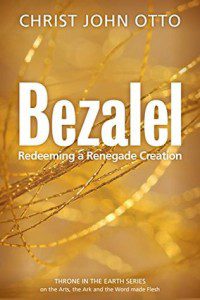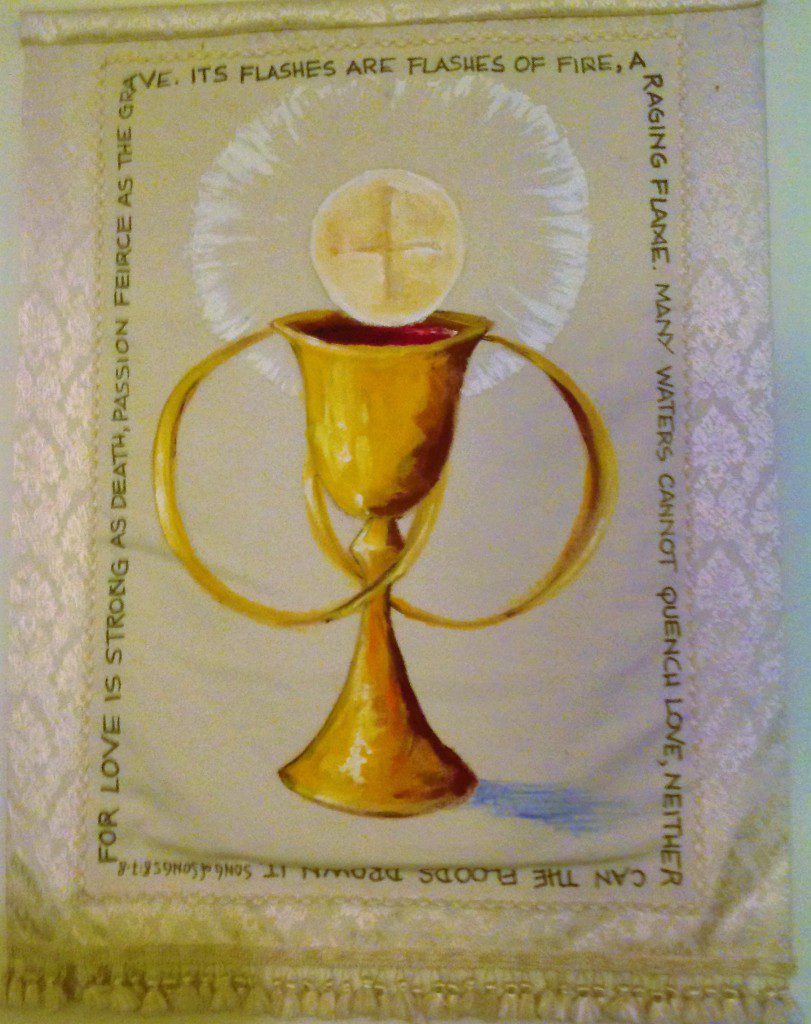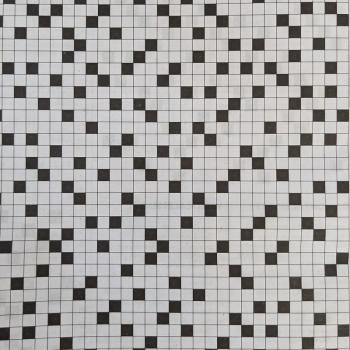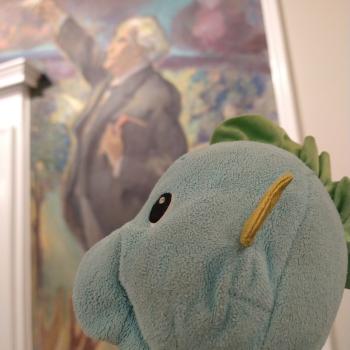
In seminary, several decades ago, I had a good friend named Christ (rhymes with “wrist”) John Otto. He’s written posts on this blog before about how artists need to be the foremost culture-shapers of our time (here and here). We’ve taken different denominational and vocational paths over the decades, but two things are true of both of us: we are both writers and we are both artists.
Two years ago, he wrote a book about the centrality of art to God’s Kingdom. I promised I’d review it here. You can chalk it up to the artistic temperament (or to the large stack of books on my nightstand to review for The Green Room and Christian History magazine), but it’s taken me this long to keep my promise.
 Considering that Otto’s next book is going to be on the Virgin Mary, you might expect that this one would be about an equally big-ticket Old Testament figure. You’d be surprised that it isn’t (except maybe it is. I am at least partially convinced.) Bezalel, about whom I have to admit I had heard next to nothing before I read this book, was, according to Exodus, the person who was given charge of supervising the building of the Tabernacle (in Otto’s words, he gets “the ability to create and manage a full-on production studio.”) From Bezalel’s story, Otto draws a number of lessons about who Christian artists are supposed to be, what they are supposed to do, and how central they are to God’s mission.
Considering that Otto’s next book is going to be on the Virgin Mary, you might expect that this one would be about an equally big-ticket Old Testament figure. You’d be surprised that it isn’t (except maybe it is. I am at least partially convinced.) Bezalel, about whom I have to admit I had heard next to nothing before I read this book, was, according to Exodus, the person who was given charge of supervising the building of the Tabernacle (in Otto’s words, he gets “the ability to create and manage a full-on production studio.”) From Bezalel’s story, Otto draws a number of lessons about who Christian artists are supposed to be, what they are supposed to do, and how central they are to God’s mission.
Among his helpful points for us creative types (and for any of you non-creatives who may be listening in):
- Art is not “an ox to draw the cart of evangelism” (Rick McKinniss). Art is art. Making good art honors God.
- The Bible is, among other things, a work of art, containing many genres from history to poetry to parables. (Let that one sink in for a while.)
- “It is difficult to draw a straight plot line through Scripture if your primary metaphor is one based on the penal code, but it is very easy to. . . if your primary metaphor is one of hospitality.”
- Rejection of art is in Protestant DNA, and though there were historical reasons for this, Protestants, to put it nicely,need to get over this now. (Perhaps some Catholics do too: I will leave that question to the Catholics since I’m not one.)
- God is generous, even (in our eyes) wasteful. Art reflects that. (Interestingly, I found that this spoke to one of my continual struggles with Christianity–the problem of evil. I have trouble conceiving of a God who is operating everything as a well-oiled providential machine and yet allows great evil to happen. Somehow picturing God as casting out flamboyant oil paint into the universe seems at least a better starting point for that struggle.)
- God is interested in “taking [earth’s] territory and making it look like heaven.” Art is central to that. We don’t need to tell artists to “get a real job.” They already have one: it is the terribly important work of reshaping all of our minds, hearts, and ways of seeing.
- Christian artists don’t get a pass to not pursue sanctification because they are artists. They also don’t get a pass to make bad art because they are Christians.
- The world may forget artists. Sometimes their senior pastors may even forget them. <insert knowing smiley face here> But God remembers.
There’s also a nice opening chapter with an introduction to how to do Bible study and theology (yes, you too can do theology), and an excellent short explanation of the “Wesleyan” Quadrilateral (which Otto correctly attributes to Albert Outler) as a helpful theological method. I will say that if, as I did, you cut your teeth on the historical-critical method of Biblical interpretation, there’s a few moments you will be wrinkling your eyebrows. But I also believe strongly (and have remarked in this space before) that the church needs to recover premodern approaches to Biblical interpretation, including the allegorical method. There’s a lot of allegory in this book. It won’t hurt you.
One of the last things Otto remarks, in his discussion of the value that artists have whether it is recognized or not, is this: “In this new season, leaders no longer have permission to take advantage of ‘nameless, faceless’ people to build their empires. God isn’t into empires, God is into the Kingdom.” That is a timely word. May it comfort you in days ahead.














